ACME F-15 ACES II Dynamic Motion Seat System
ACME’s F-15 Type Dynamic Motion Seats are simulator (replica) crew seats with sophisticated (high fidelity) motion cueing built in. The seats look, feel, and function like the actual crew seats and translate simulator signals into realistic, convincing vehicle motion sensations for training. True Q® seats provide a higher level of cueing, where the motion IS training. True Q® Motion seats are an excellent way to bring complete, cost-effective motion cueing to any fighter simulator.
The McDonnell Douglas (now Boeing) F-15 Eagle is an American twin-engine, all-weather tactical fighter designed by McDonnell Douglas to gain and maintain air superiority in aerial combat. It is among the most successful modern fighters, with over 100 aerial combat victories. Following reviews of proposals, the United States Air Force selected McDonnell Douglas’ design in 1967 to meet the service’s need for a dedicated air superiority fighter. The Eagle first flew in July 1972, and entered service in 1976.
The Eagle has since been exported to Israel, Japan, and Saudi Arabia, among other nations. The F-15 was originally envisioned as a pure air superiority aircraft. Its design included a secondary ground-attack capability that was largely unused. The design proved flexible enough that an all-weather strike derivative, the F-15E Strike Eagle, was later developed, entering service in 1989. The F-15 Eagle is expected to be in service with the U.S. Air Force past 2025. Newer models are still being produced for foreign users. The F-15 production line is set to end in 2019, 47 years after the type’s first flight.
ACME Worldwide Enterprises Dynamic Motion Seats are in the 5th Generation of evolution. The product line is robust and well-tested to be used in a high-intensity training environment. ACME offers a military grade solution for delivering patented motion cueing to any F-15 Simulator or Part Task Trainer.
Standard F-15 True Q® Dynamic Motion Seat Features:
ACME True Q® DMS offers many standard base features for your simulator motion solutions.
- Dynamic Motion Seat (DMS)
- Electronics Chassis
- DMS Computer System (Can drive 2 Electronic Chassis and 2 Seats)
- Connecting Cables
- DMS Maintenance Manuals
- Daily Operational Readiness Test (DORT) Software
- DMS Autotest – Capability that performs a complete performance test on the seat. All axis are exercised to verify the displacement, velocity, and acceleration performance of the seat using sensors that are independent of the normal drive equipment. This test is used to verify the DMS meets or exceeds all required performance criteria and to establish a performance baseline. The baseline can then be compared throughout the life cycle of the DMS for certification and maintenance purposes.
- Vertical seat adjustments
- Electric motors eliminates expensive hydraulics and maintenance intensive pneumatic systems
- Easy access to system components for maintenance and tuning
- Standard Safety Switches/Systems: Weight on Seat / Loss of Signal at DMS Computer / Crew Enable / Self Monitoring System
